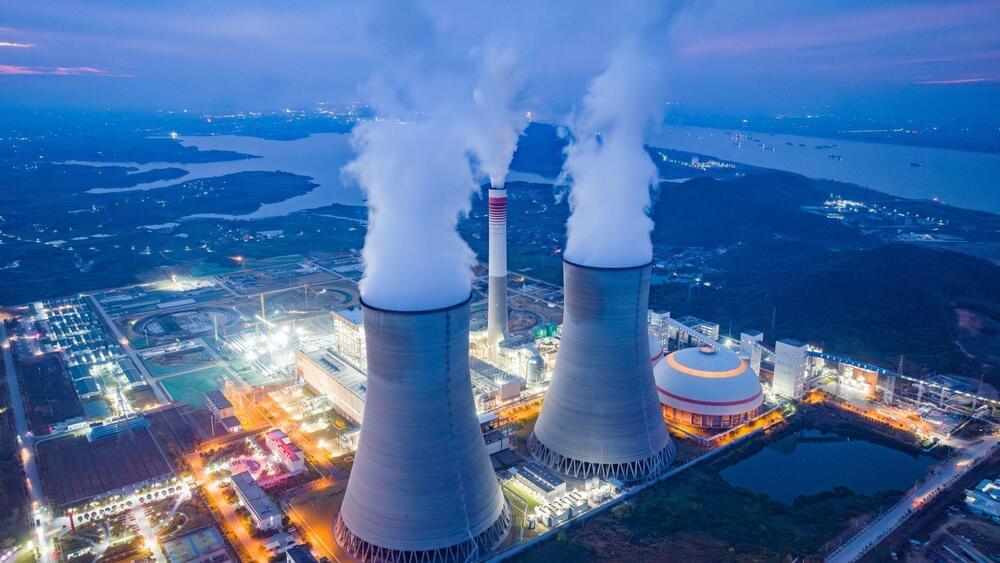A prehistoric structure reminiscent of England’s iconic Stonehenge has been uncovered in Grand Traverse Bay, an arm of Lake Michigan on the western shore of Michigan’s Lower Peninsula.
The findings were found by Dr. Mark Holley, a distinguished professor of underwater archaeology at Northwestern Michigan University.
The picturesque waters of Grand Traverse Bay have long-held maritime history, with dozens of known shipwrecks attesting to the area’s bustling 19th and 20th-century maritime trade routes. Under its serene surface, secrets of a different kind have emerged, capturing the attention of archaeologists and historians.









